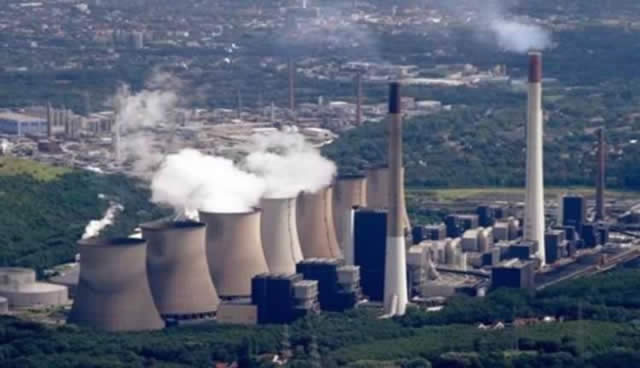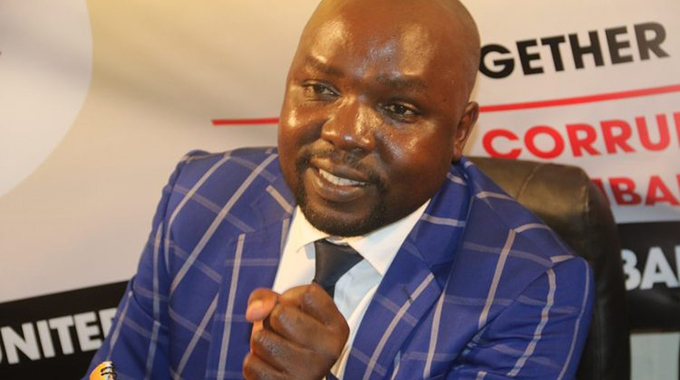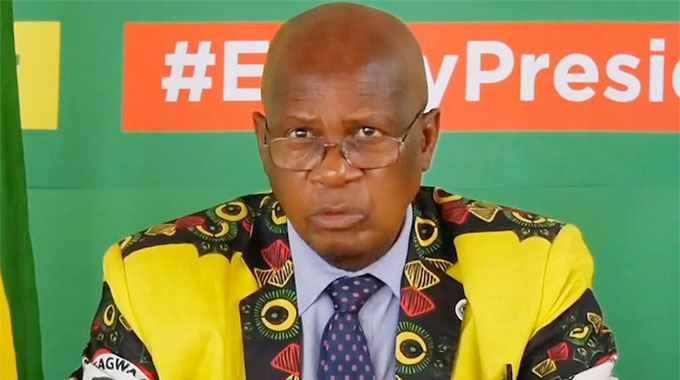Editorial Comment: Light at the end of power crisis tunnel

The modest Zesa load shedding we are seeing at the moment arises from a combination of inadequate generating capacity within Zimbabwe, especially the thermal base load from Hwange, the economic revival pushing up consumption, the cold weather increasing household demand, and the need for our foreign suppliers to keep the lights on in their own countries.
Looking at the bare figures does not tell the story. Zimbabwe has two major power stations, the hydro-electric Kariba South with an installed capacity to generate 1 050 megawatts and the Hwange Thermal with an installed capacity of 920MW. There are some odd bits pieces from tiny private stations that add a little, but at the moment not very much.
Kariba South cannot generate 1 050MW 24 hours a day 365 days a year. And it never will, since the Zambezi flows are just not that good, even in a run of above-average seasons. The reason for having a bigger power station that can be used for continuous output is to give at modest capital cost a huge and vital level of flexibility.
Zesa has the ability to push Kariba South close to its limit for a few hours a day, even at present water rations from the Zambezi River Authority, but then has to cut right back for the rest of the 24 hours so it remains within the ration. This allows Zesa to cope with peak power demand, assuming there is another source for what is called the base load, with the minimum of fuss and bother since a hydroelectric turbine-generator unit can be switched on and off very quickly. Give the station manager five minutes warning and another generator can go from idle to feeding the grid that quickly. It is not much more than opening a valve to let in the water.
The catch is that there must be adequate alternative power for the base load. And that has to come, at the moment, largely from Hwange. As Minister of Energy and Power Development Zhemu Soda has made so clear, Hwange at the moment is not up to that, although this is in the process of changing.
Hwange was built in two stages in the 1980s. The first phase is four 120MW units, each comprising a boiler, steam turbine and generator, with two more 220MW units added a few years later giving the capacity of 920MW. In fact a slightly undersized cooling system has meant that this maximum has never been achieved but Zesa came close when the station was new and run-in.
While hydro stations need only moderate maintenance, and we should remember that Kariba South’s original six turbine-generator sets have been replaced over the 60 years since it opened, thermals need more maintenance for a start and their essential parts need replacement more often as they wear out.
There was some glib uninformed comment a while ago that a thermal station only lasts 25 years.
That is more the estimate of the average replacement cycle for the parts. Boilers wear out more quickly than turbines or generators, so you cannot give the actual replacement cycle, only the policy that when something wears out it is replaced, and usually by something that reflects the technology advances in the past quarter century, even in a mature industry like thermal power stations.
Regrettably Zesa from the late 1990s was not following a proper maintenance cycle at Hwange, although it was at cheaper Kariba, and the catch-up under the Second Republic is not instant, especially when you have to keep the station running as best you can. But it is in progress which is why Minister Soda is so upbeat this week about the present rebuild of unit 6, one of the big 220MW units. Putting that back on line as soon as possible helps a lot.
At the same time the Second Republic is having the third phase added, two large 300MW units along with the additional civil and mechanical engineering for the cooling and ancillary works. But this is not instant and while work is still progressing the Covid-19 outbreak has skewed the commissioning date. But once those two units are feeding the grid a lot of problems end, even in a bad drought year with lower Kariba rations.
To a degree imports have helped feed the gap, and Eskom of South Africa these days speaks highly of Zimbabwe as a customer since we pay our bills, another Second Republic reform that was not always the case in the past. Unfortunately Eskom has its own problems. Its previous management cheated on the maintenance and was not adding capacity as fast as needed, so it is also in a catch-up, and with winter now here faces higher local demand. It exports a bit, but not as much as perhaps we could get in October.
In any case relying on imports is to put our economy in the hands of others, who however good their intentions still cannot make a foreign utility their highest priority customer and leave their own people in the dark. A lot of the instant improvement soon after the start of the Second Republic was our ability to pay bills, but the growth in the economy has started to erode that quick fix.
When Zimbabwe moves into the electricity export business in a few years we will be almost certainly using that oversized Kariba station to sell instant peak power at a fancy premium, rather than base load at a cheap rate at 1am. And that is selling our advantage of a big hydro station.
Getting the economy fixed, another Second Republic gain, has increased consumption. Factories and mines need electricity and when they make more things or dig more metal out of the ground they need more. This, regrettably, is why the loadshedding hits the residential consumers; they still need power at work to earn their salaries.
The cold weather also pushes up demand, although not as much as could be expected considering the rather smart system introduced by regulator Zera of cross subsidisation in giving ordinary families a significantly lower price for their first 200 units a month and then rapidly pushing up the prices. But before we complain about the Borrowdale mansion owner heating a palace, we should reflect that the same person is keeping our bills far lower than a single rate would allow by paying serious money for that privilege.
The power problem was always going to be the Second Republic’s longest reform. It took a couple of months to balance the budget, another 18 months to leverage that to the auction system for foreign currency. Road repairs could start almost instantly, and every kilometre is an immediate gain. But a power station takes three years to build. Even ripping out a boiler and replacing it cannot be done this week.
Financing the power stations required that the economic fundamentals were first fixed. Yes we can borrow but the lender wants to know our economy is good enough to find the repayments. And Zesa itself had to sort out its management and rebuild its technical capacity, considering just how many Zimbabweans are running other people’s power stations.
The legwork has all been done, the work is in progress. There is light, literally in this case, at the end of the tunnel. And the end of the tunnel is not that far away.










Comments